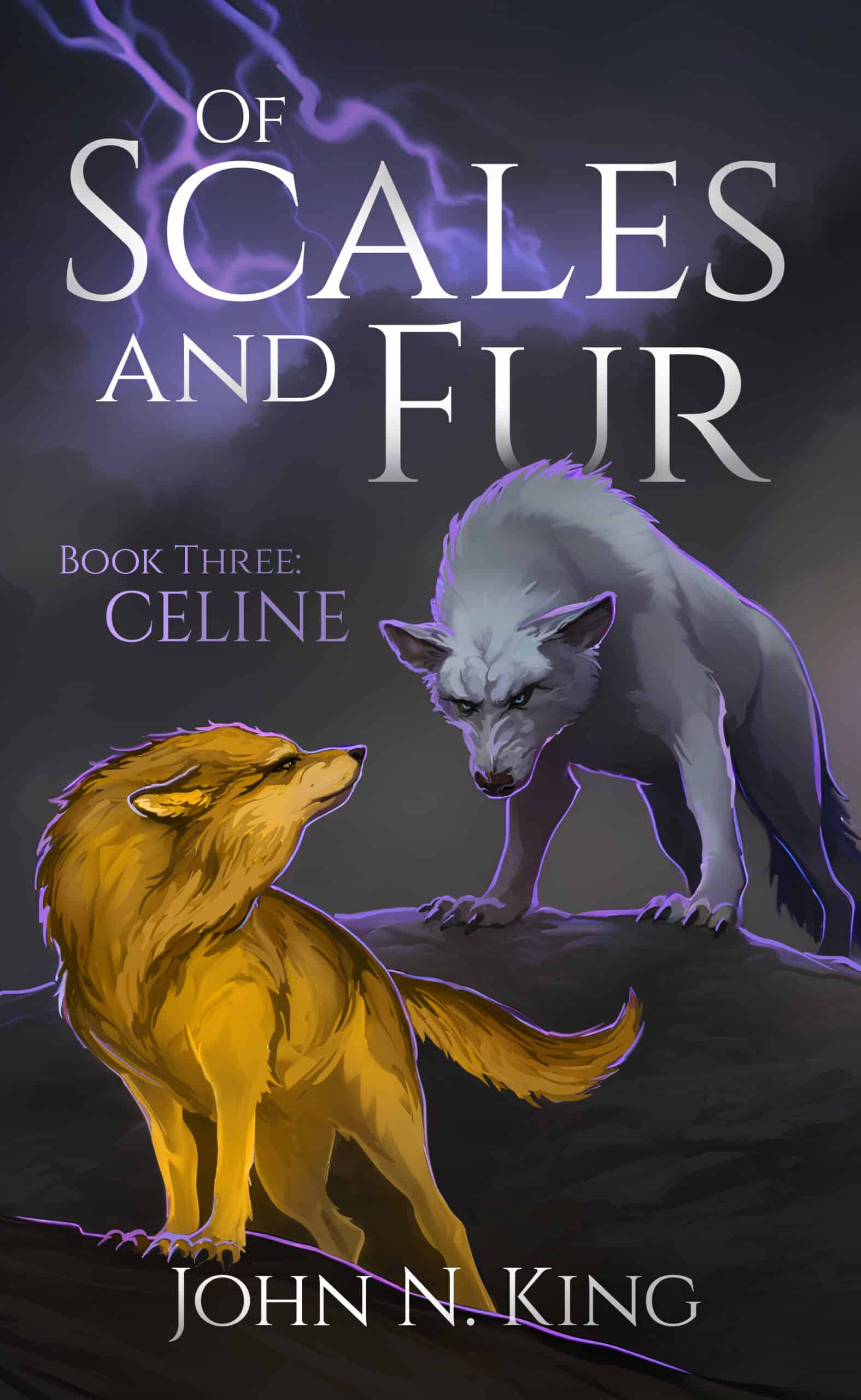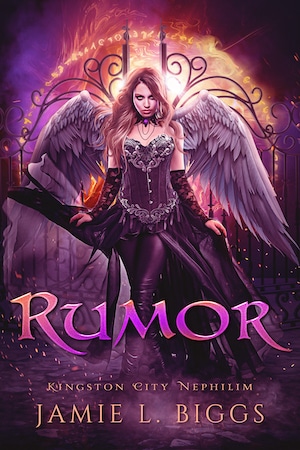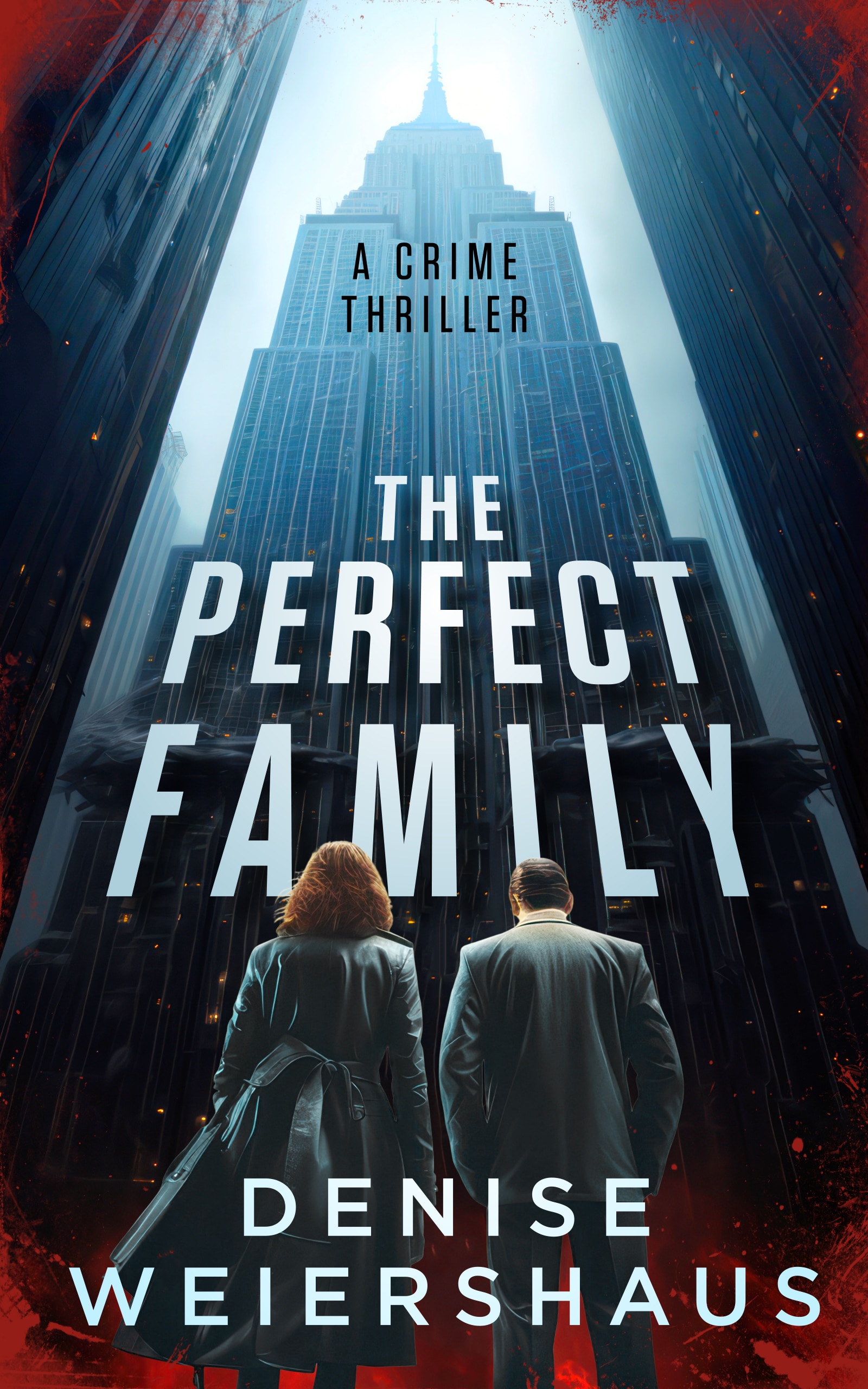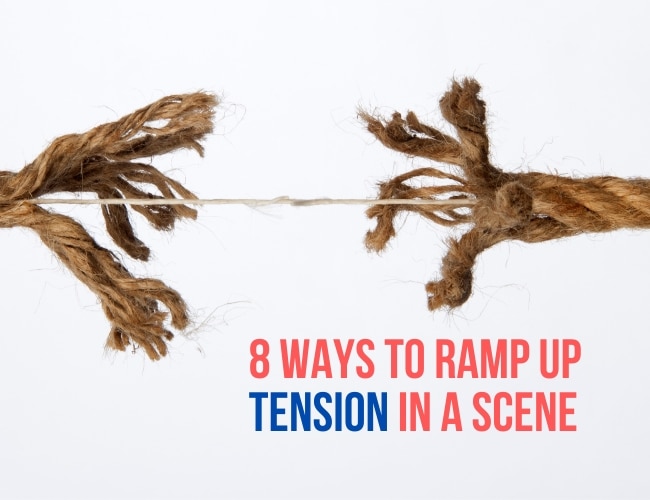

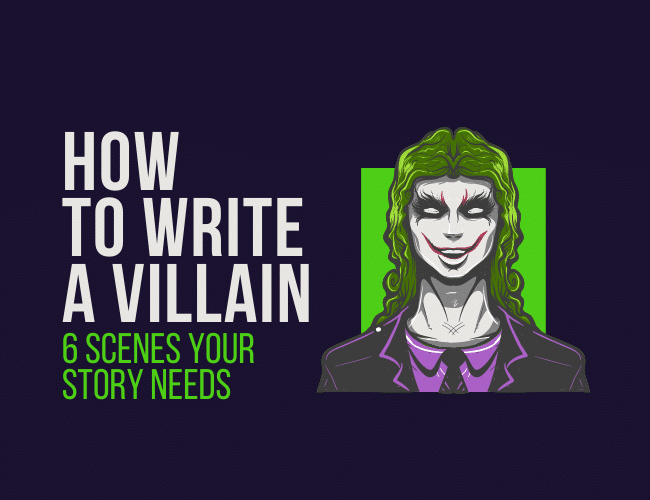
How to Write a Good Villain: 6 Scenes Your Story Needs
Without the White Witch, Aslan is just a recluse lion. Without Moriarty, Sherlock is just a know-it-all in a weird hat. Without the Joker, Batman is just a rich dude with anger issues and too much time on his hands.
Our villains make our heroes. Without them, our heroes can’t shine. That’s why it’s important to give our villains scenes where they can wow us with their quirks and scare us with their ferocity.
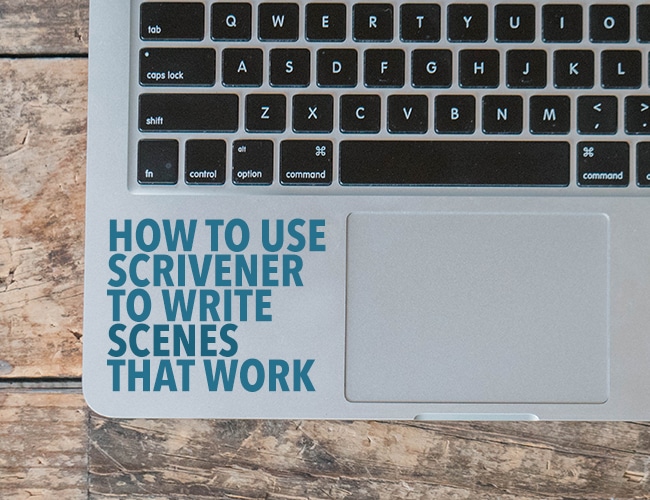
How to Use Scrivener to Write Scenes That Work
Do you want to learn how to use Scrivener?
If you’ve ever felt like a scene doesn’t work in your manuscript, you can use elements of a scene and the book writing software Scrivener, a great tool for writers, to improve your writing project.
The scene is the fundamental unit of story. It’s what drives the story forward, instilling purpose, drama, and emotion.
It’s critical to understand the elements that make it effective and know how to employ them.
In this article, that’s what we’ll examine—what a scene is and how to write an effective one. You’ll also learn how to use an organizational tool, Scrivener, to do this better.
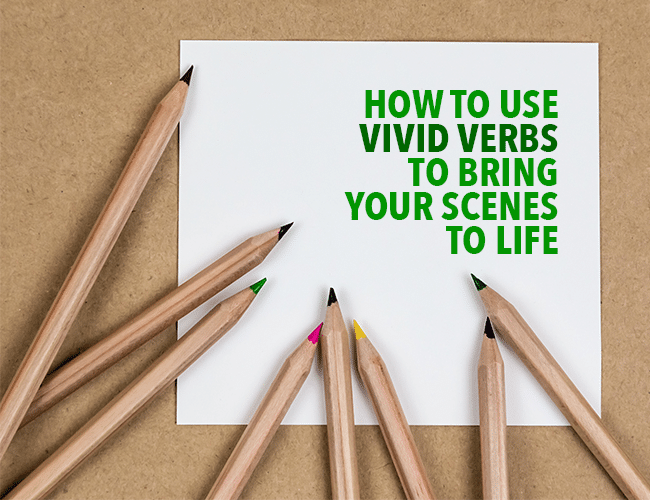
How to Use Vivid Verbs to Bring Your Scenes to Life
Have you ever felt your writing is flat, despite how many beautiful words you use? You might be overusing adjectives and adverbs. Luckily, there is an easy fix—use vivid verbs instead.
Although you might instinctively think adjectives will improve your description, strong verbs actually do a better job at electrifying your creative writing.
In this post, you can learn a two-step process to improve your writing skills, and start implementing these tips with a little help from a list of vivid verbs.
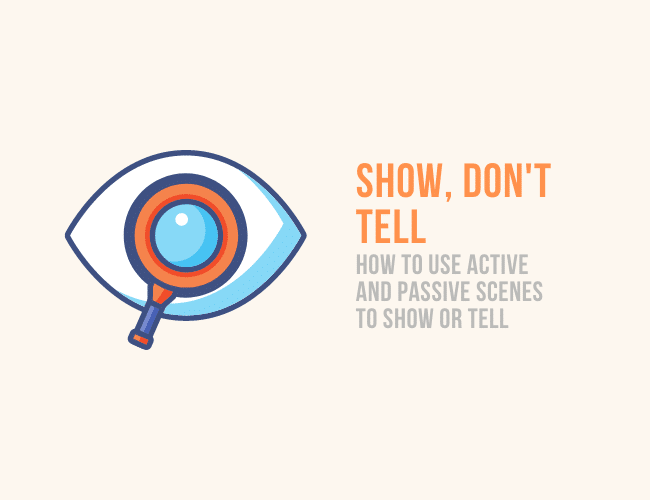
How to “Show, Don’t Tell” in Writing With Active or Passive Scenes
We’ve all heard of passive vs. active sentences. Active sentences such as “three men stood by the gate” are more attractive and interesting than passive sentences such as “there were three men standing by the gate.”
But the concept of active vs. passive can also be applied to scenes within a story. Appropriate use of active and passive scenes can give your story an extra kick of life and can help with pacing as well.
